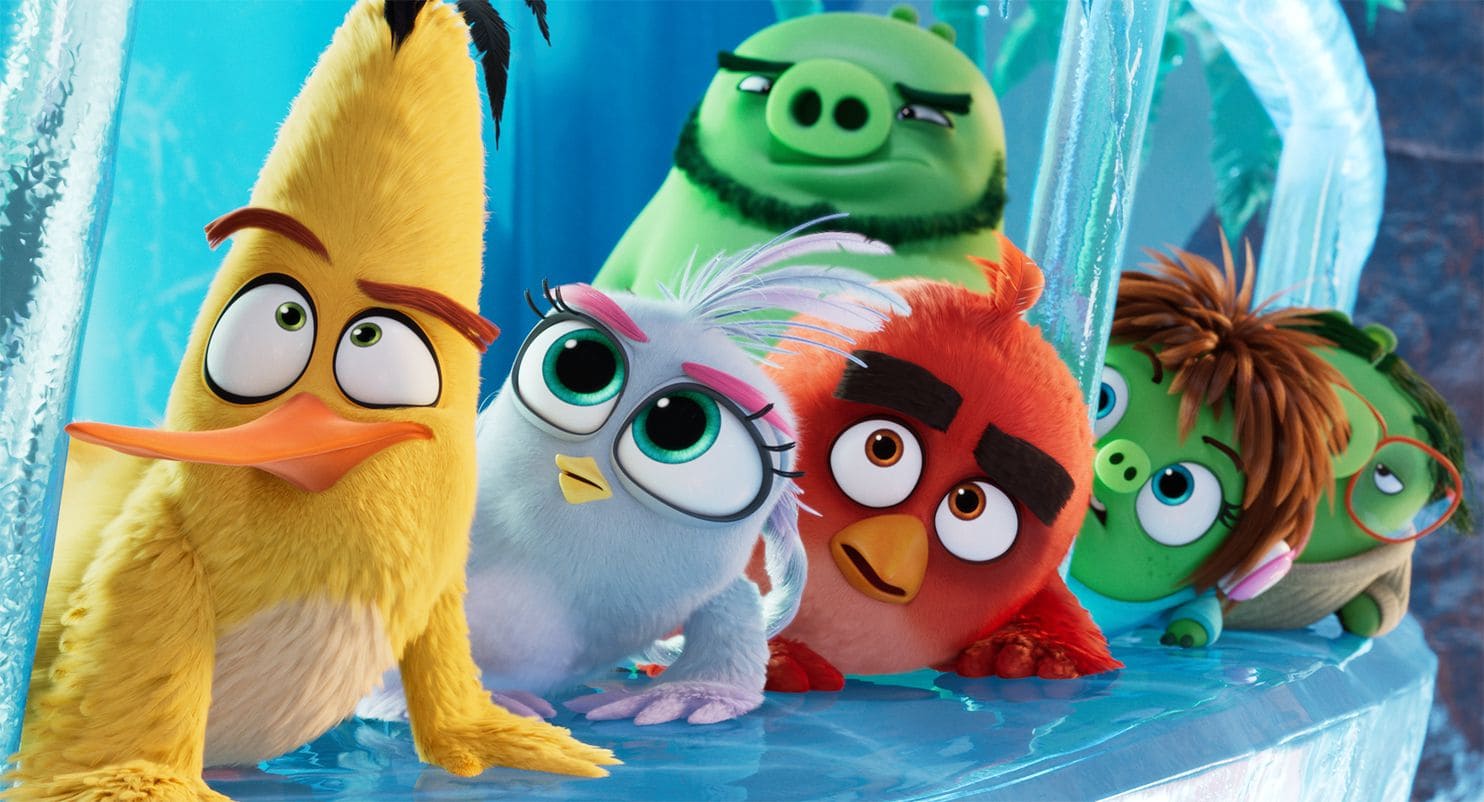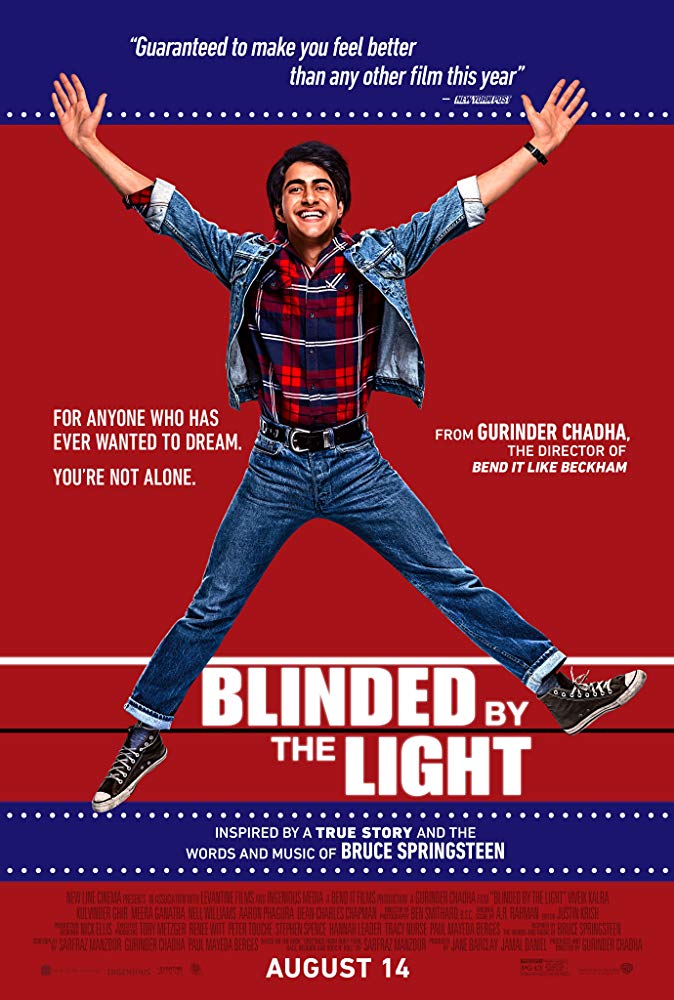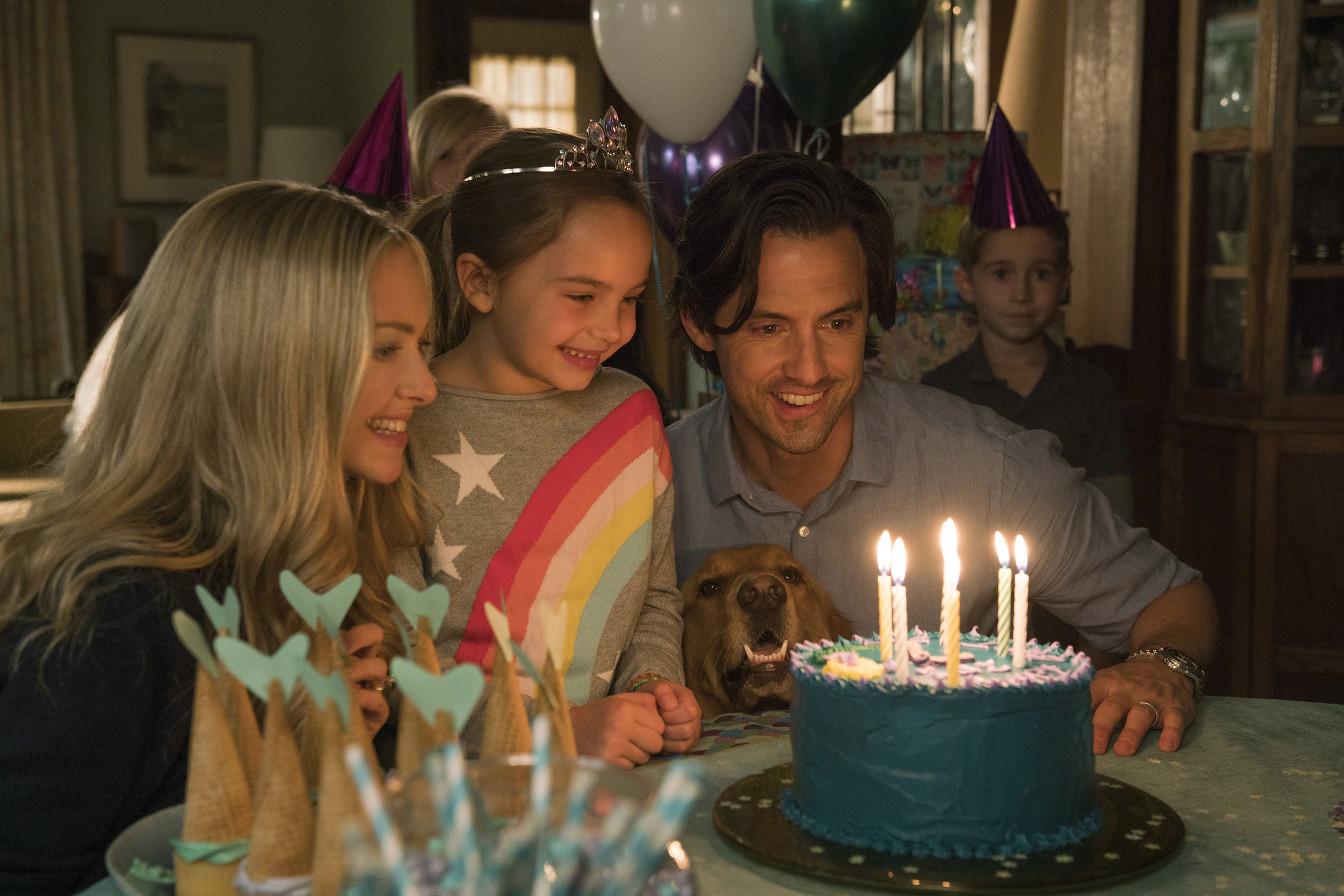Eugenio Derbez has enjoyed a very successful career in Mexico, including turns in two beloved television comedies “XHDRbZ” (2002 – 2007) and “La familia P. Luche” (2002 – 2012), but five years ago, he embarked on a new entertainment-adventure by moving to the U.S. In 2019, Eugenio enjoys an exciting on-screen trek in “Dora and the Lost City of Gold”, a live-action movie patterned after the iconic animated character. He plays Alejandro, who attempts to reunite Dora with her parents in the Peruvian jungle.
Well, this world traveler stopped in the Valley on Aug. 5 and sat down with the Phoenix Film Festival and other entertainment outlets for an especially enjoyable group interview. Eugenio spoke about the film shoot, Dora’s positive qualities, his journey from Mexico to the U.S., and much more!
“Dora and the Lost City of Gold” opens in theatres on Friday, Aug. 9.
Q: Not only are you in an actor in the film but also a producer. Were you first attached to the project as an actor or producer?
ED: (I’ve always complained) that (movies) portray Latinos in a negative way. In every very single movie, we are the criminals or the drug lords, and I wanted to change that in Hollywood. That’s why I started producing my own films, because (that’s) the only way to (bring about) change.
So, I was aware that this movie was in development, and I (wanted) to be part of (it), because it’s a good way to portray Latinos on-screen. I know that I can bring a lot of things to the table. I was born and raised in Mexico. I’m a real Mexican, so I can help (the filmmakers) with the Latino culture, not only as an actor, but as a producer. Basically, I was in charge of supervising anything related to the Latino culture, and I also did the adaptation of the script into Spanish.
Q: So, one of the lessons that Dora follows is to stay true to herself. Do you have examples in your life where you can say, “I stayed true to myself.”
ED: My story is kind of weird. I worked my entire life in Latin America, in Mexico. I was born and raised there, and I did my entire career there, and my shows were always very successful. (When) I did a movie called “Instructions Not Included”, my life changed, and all of sudden, the doors in Hollywood opened, and it was now or never.
Everyone was telling me, “You’re not a kid anymore.”
My agent was telling me, “It’s now or never.”
In Mexico, they were telling me, “You’re crazy. Don’t do it. You have a career here.”
So, I shut down my office and everything, and I came to the U.S. When I was here, (I thought), “What am I going to do? I’m not going to be better than Adam Sandler or Will Ferrell or Will Smith, or you name it. I’m not going be. It’s not my language. I’m still learning English.”
I have to be honest, I was trying to be like them, and one day I said that I have to be who I am. It’s the only thing I know…be myself. So, by staying true to myself, I need to do my own kind of movies (with) my own kind of humor. I have to in order to succeed. And here I am, and that’s why I’ve been succeeding, because I don’t want to be another version of another comedian. I’ve been true to myself. That’s why.
Q: The film had lots of broad, physical comedy, especially with your character. Did you perform most of those scenes yourself?
ED: Yes, I have a lot of experience with that. For some reason, in Latin America, we like to do comedy in a broader way. Everything is big, big, big. I love doing my own stunts. So, it was a lot of fun, but (also) very demanding. Physically, (this) is the most demanding movie that I’ve ever done. For instance, there’s an underwater scene, and they trained us to hold our breath for two minutes.
I said, “I can’t do more than 45 seconds. I can’t.”
(Holding your breath) is more mental than physical, and in the end, we did it. I was able to be underwater for two minutes and five seconds. That’s my record.
Q: Live-action adaptations of animated movies or television shows are a huge trend right now. For audiences that might be a bit fatigued by this, what would you say to encourage them to see this film?
ED: The storyline in the Dora cartoon is simple. Honestly. It’s very simple, but no, this movie is different. They did a great job with the script and made (Dora) a more three-dimensional character. It has humor for everyone, and James Bobin, (who) directed “Flight of the Conchords” is an amazing comedy-director. If you go with your kids, toddlers or teenagers, they are going to enjoy (it). There’s humor for everyone.
Q: You have a five-year-old daughter, so how special was it for you to share this project with her?
ED: Oh, it was really special. I mean, she was not aware (of) my career. She never watched one of my films before. My last one was “Overboard”, and I told my wife, “You know, (this will) be great, because (this is) the first time that (our daughter) will see me on the big screen.”
(My wife) said, “No way. You kiss many women, and that (will) be confusing.”
Thank God she said that, because, my mom was a soap opera actress, and I remember the first time I saw (her in a) movie. I was the same age, like 5 years old, and I cried, and I cried, because my mom kissed another man. So, I remember that, and I said, “Yea, you’re right.”
So, this was the first time that she was able to watch (one of my movies).
Q: Dora is sort of an anti-Indiana Jones. Instead of taking things from other cultures and bringing them to the West, she learns about them and keeps them where they are. Since that’s sort of new territory for adventure movies, what do you think that will mean to kids?
ED: I think it’s one of the great lessons in this movie. I have a 5-year-old kid, a baby girl. Every time she sees a small flower, she wants to grab it.
One day, I told her, “You can’t do this. She’s going to die. She has a family. Look, this is her mother, her father and cousins. Just leave (the flower) there. Just watch her, talk to her and admire her, but you have to leave (her) here, because, if not, in the future, there (will) not be any (more) flowers.”
She understood that so well. It’s the same thing that Dora’s parents (tell) her: “We don’t have to steal. We are not treasure hunters. We’re explorers.”
We’re here to see, document and tell the world about these amazing things in nature. So, I think it’s very important for (this) generation.
Jeff – a member of the Phoenix Critics Circle – has penned film reviews since 2008, graduated from ASU’s Walter Cronkite School of Journalism and is a certified Rotten Tomatoes critic. Follow Jeff and the Phoenix Film Festival on Twitter @MitchFilmCritic and @PhoenixFilmFest, respectively.
































